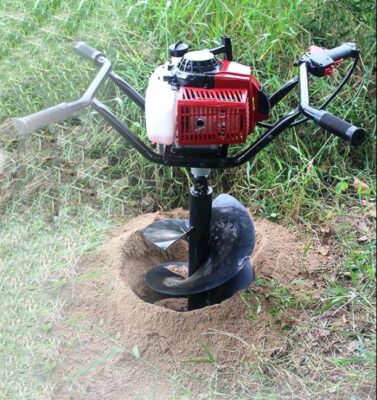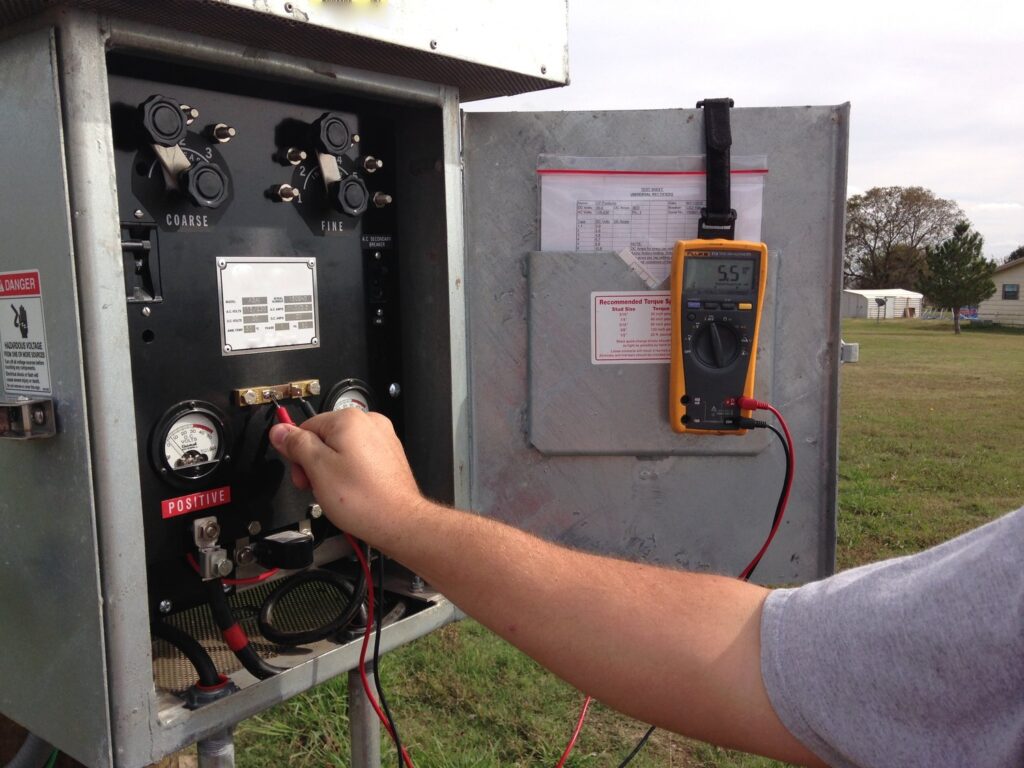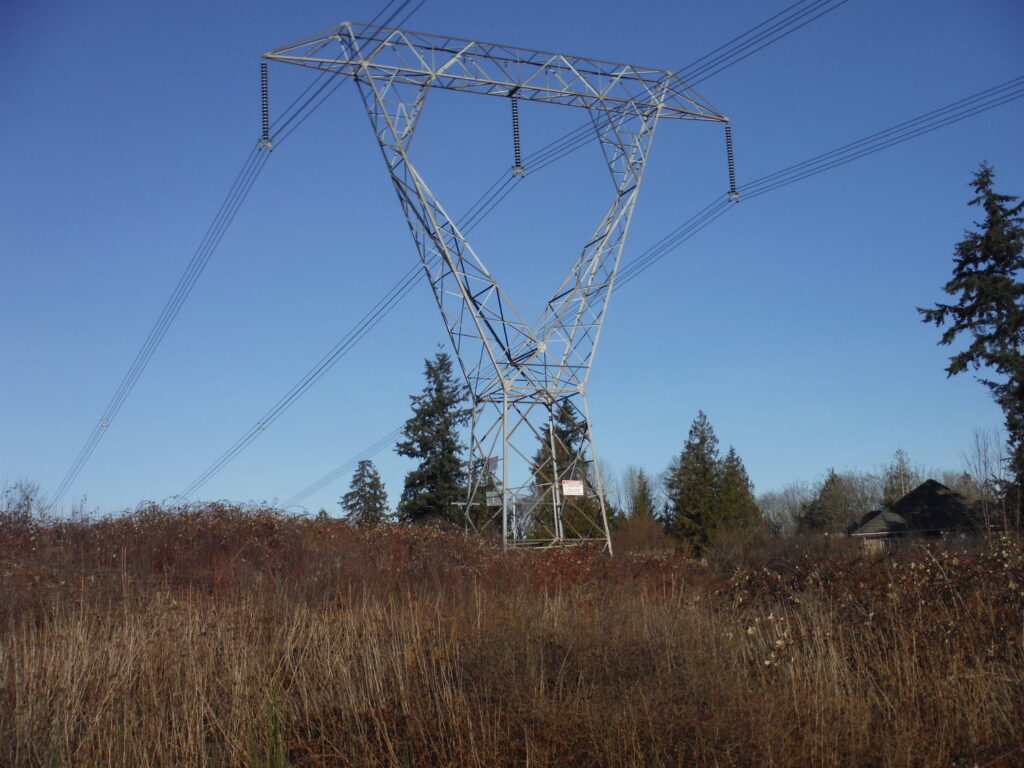Powertech offers current measurement of cathodic protection systems on buried metallic structures. The service will help utilities ensure their cathodic protection meets industry standards prior to installation.
Cathodic Protection
With age and exposure to environmental conditions, critical load-bearing members of steel lattice transmission towers are susceptible to corrosion. For the above-ground tower structures, zinc galvanizing provides a very effective corrosion barrier by forming a stable protective patina (surface oxide layer) in reaction to the environment and sacrifices itself to protect the steel substrate.
However, for the tower legs buried below the earth, galvanizing is not always able to form this patina. In these cases, industry practice is to use galvanizing in combination with cathodic protection. Cathodic protection prevents corrosion by converting all of the anodic (active) sites on the metal surface to cathodic (passive) sites by supplying electrical current from an alternate source. The two types of cathodic protection are sacrificial anodes and impressed current.
Sacrificial anodes are pieces of metal more electrically active than the tower steel, which are attached to the base metal. Because the anodes are more active, the corrosive current exits from them rather than the steel tower, thus protecting the steel while sacrificing the anode.
An impressed current system sends a current through an insulated wire to anodes, which are buried in the soil near the transmission tower. The underground steel tower structures are protected because the current going to the structures overcomes the corrosion-causing current normally flowing away from it.

Powertech’s Current Measurement Service
Galvanic and impressed current systems for cathodic protection of buried metallic structures require measurement of the current prior to installation of the systems. Powertech’s current measurement service installs temporary anodes and uses a portable power source to impress a direct current from the temporary anodes to the structure, simulating an operating cathodic protection system.
The power source current output is then increased until structure-to-soil potentials recorded from the tested structure meet or exceed cathodic protection criteria set out in the National Association of Corrosion Engineers (NACE) Standard SP0169-2013. The protection current is noted, and the cathodic protection system is designed or selected to meet or exceed the required current.
Powertech Experience
Powertech has the expertise and a long history of experience for conducting utility-related materials investigations, including corrosion analysis of metallic structures and mitigation through cathodic protection. In a project with BC Hydro, Powertech engineers oversaw installation of sacrificial anodes to the separate legs of the 145 steel lattice transmission towers. Following installation, crews conducted structure-to-soil potential measurement to ensure the installations met industry-accepted criteria to be considered cathodically protected.
FOR MORE INFORMATION CONTACT:

